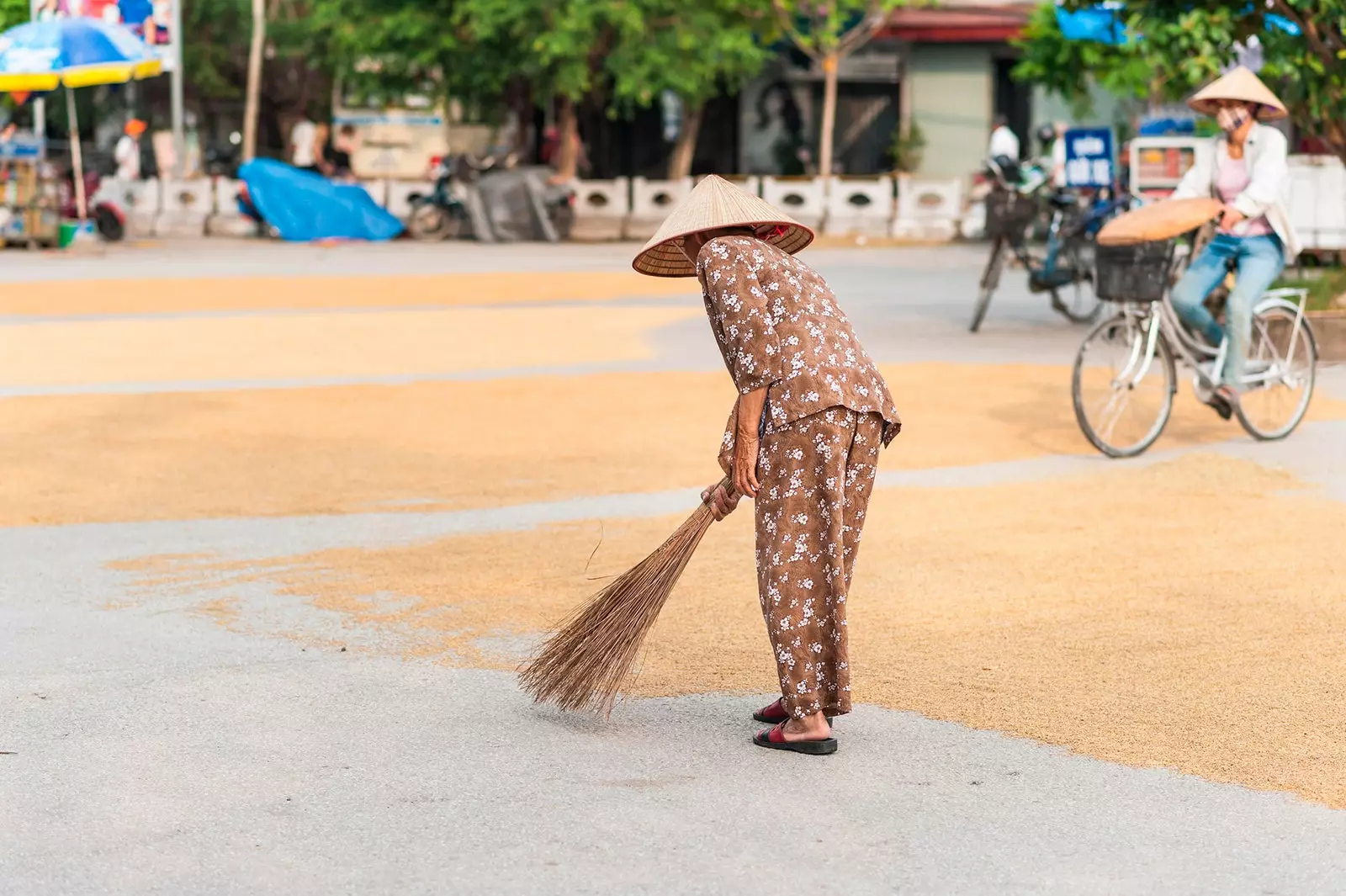
Why the disappearance of rice from the streets of Vietnam is big news
** Vietnam sheds its skin three times a year following the life cycle of rice**. See the roads, highways, streets, temples, schools, official buildings and homes surrounded with the harvest after the rains is a highly sought after tourist attraction . But the extreme beauty of rice in the sun his days are numbered by the double threat that does not appear in the photos.
For better or worse in vietnam rice is everything . It is a claim for the millions of tourists who visit the mekong delta in the south and the **winding valleys of Sapa** in the north, it is the main source of income for the more traditional agricultural sector, and is a fundamental part of the Vietnamese diet with dozens of delicious recipes.
Said with official numbers, rice production reaches a whopping 28 million tons per year and the s rice fields represent 82% of the country's arable land , according to the **International Rice Research Institute (IRRI).**
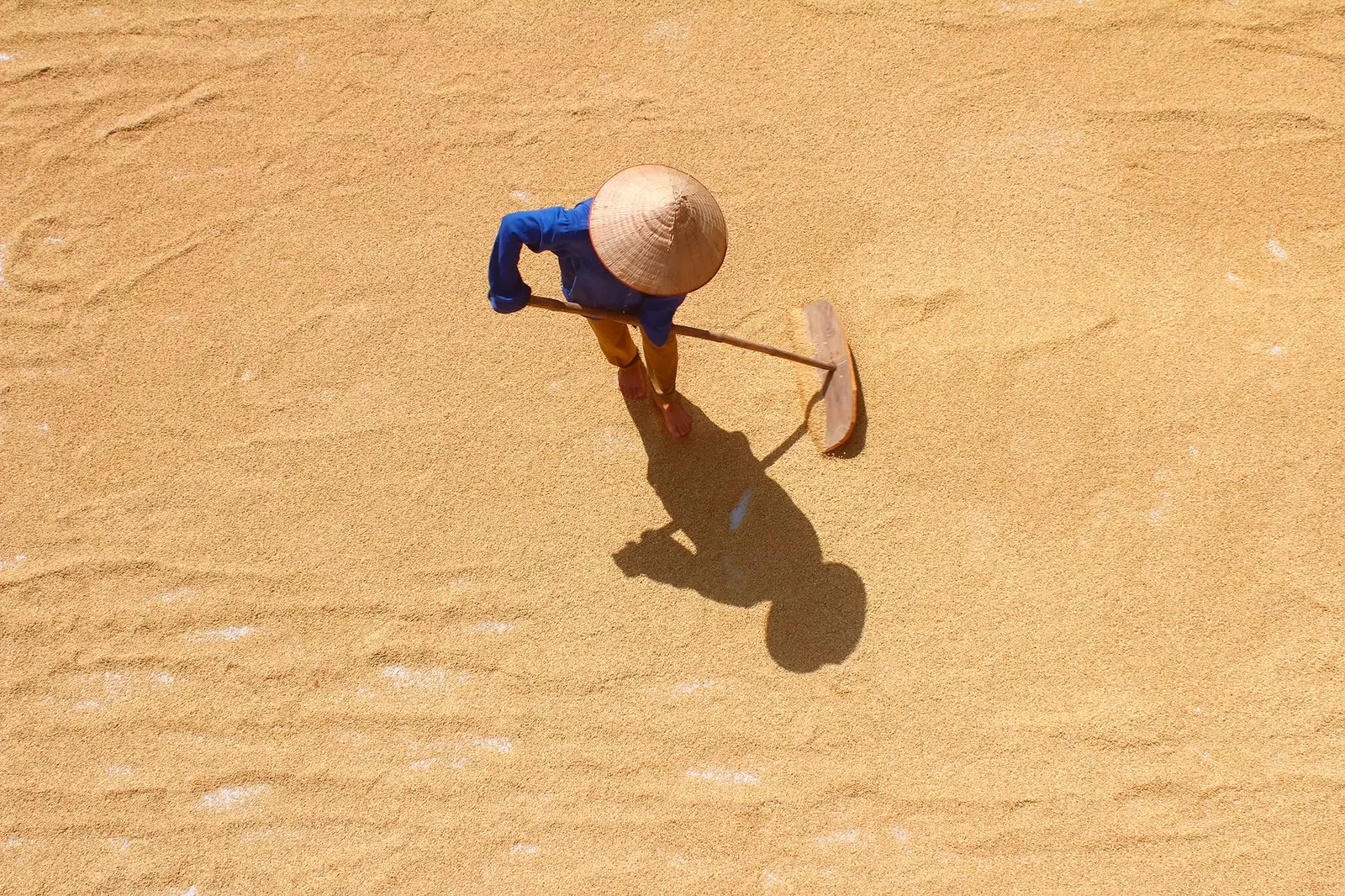
The end of the practice of rice drying is looming
Despite its omnipresence, rice is increasingly strangling the battered economy of more than 15 million small farmers , which are watched with some suspicion by the copious income of coffee growers . Despite being a national priority, rice is already the worst nightmare for the brave who seek to reverse the bad reputation of vietnamese rice in international markets , while neighboring countries such as Thailand produce flavored rice of exceptional quality according to buyers.
The truth is Vietnam collides again and again against the ghosts of an overrated past that, for better or for worse, will never come back. And it is that whoever has visited Vietnam knows that half the country smells of starch three times a year.
the weeks of traditional rice drying process after the rains is one of the most emblematic moments to know the north of Vietnam . Highways, streets, temples, schools, official buildings and houses are filled with million grains of moistened rice after tireless work in the rice fields. A claim that appears in all tourist guides as an unmissable visit.
If the harvest has been good, rice is everywhere hindering any other private or commercial activity. The objective waste as little product as possible , because a few months later that rice will be sold in sacks to merchants, who will take it to riverside mills for processing. In essence, it is a timeless activity rooted in the culture of its citizens.
An event that they do not perceive as a nuisance, since the Vietnamese endure with serenity inherited from the doctrine of confucianism mobility discomfort. Everything is part of a life cycle assumed as something superior to their own lives.
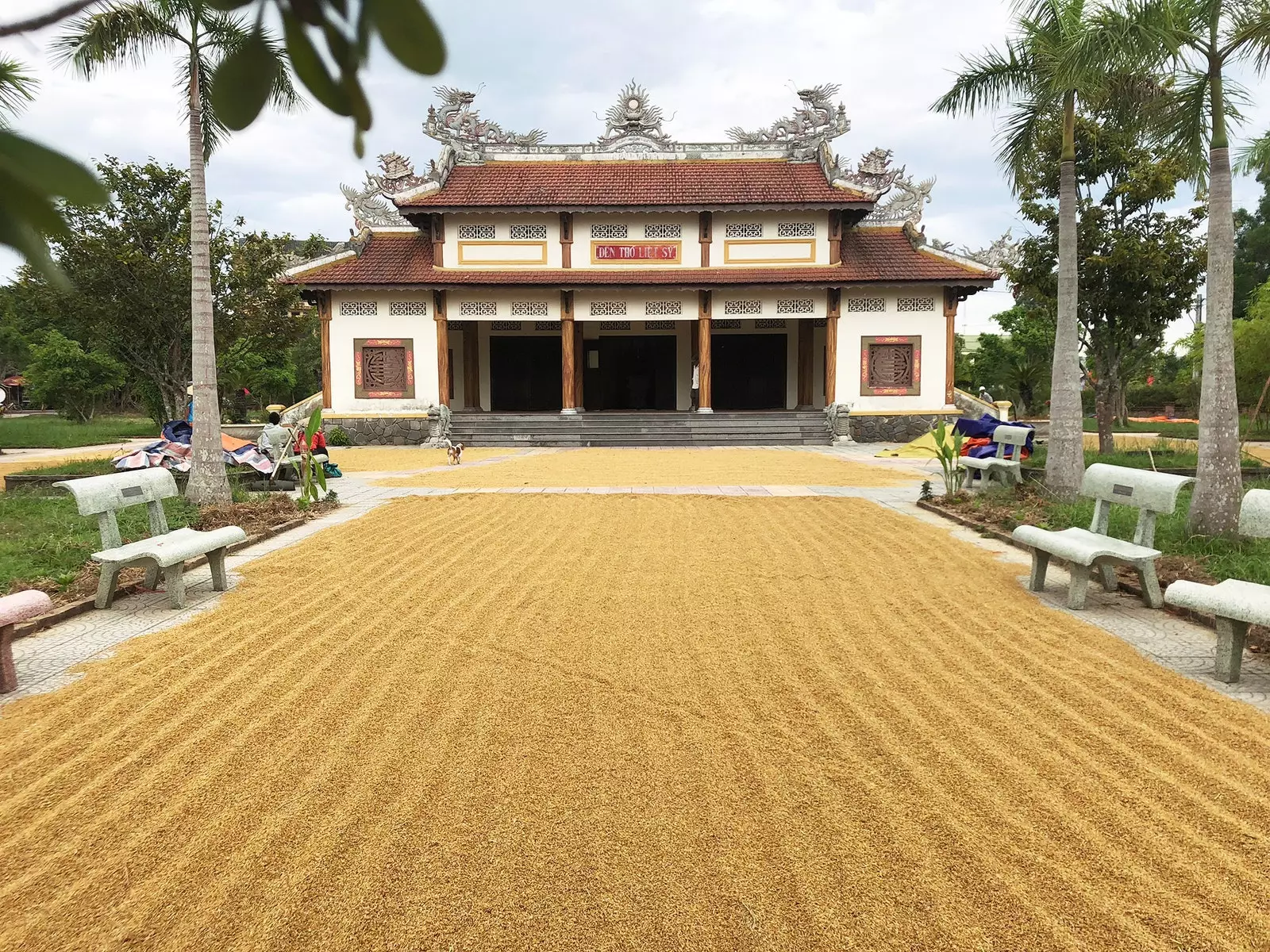
All the corners of the cities serve to dry rice
A cycle of life that, sooner or later, will make the small farmers put on their rubber boots again to step on the fertile soil that restart rice cultivation that is passed down from generation to generation. It's like a hypnotizing four-monthly skin change ; that leaves the tourist satisfied with dozens of photos of a ocher sea of rice with sinuous waves drawn by the shovels of the seasonal workers when spreading the cereal.
Everything emanates a strange beauty clouded by a double threat in the making: Vietnamese rice fails to shake off its bad reputation as a supplier of low-quality rice , and it is estimated that effects of climate change caused the loss of 1.29 million tons of rice in the country's worst drought in the last 90 years.
From a distance, it is easy to make the mistake of thinking that a greater economic return could be obtained from this drying process. thanks to mass tourism . Something that would not be a good idea for experts:
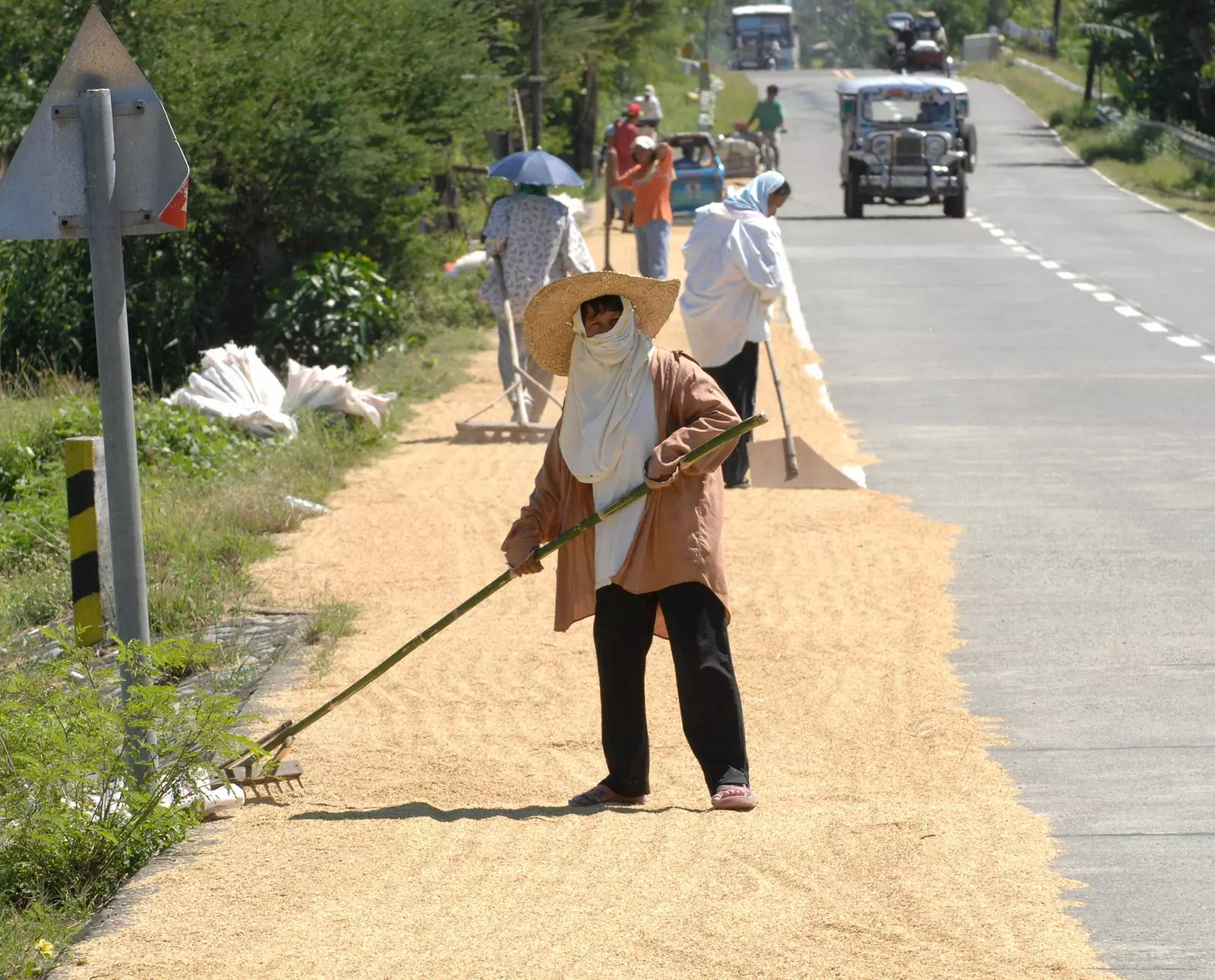
Accidents occur due to the danger of drying rice in some areas, such as the shoulders of the road
“In my opinion, it is not as beautiful as it seems. The large yellow rice fields in the south are much more attractive. The drying process on the streets seen by tourists continues to decline because it is inefficient . Only farmers with very little land continue to do so. Not safe because of the weather very unstable in the north and because many have been counted farmer accidents drying rice on the road ”, says Tuan Le, senior rice program officer at Rikolto, an international NGO** with more than 40 years of experience partnering with farmer organizations.
Curiously, there is a hopeful fact that plays in favor of improving the image of Vietnamese rice in the not too distant future. According to the ** Sustainable Rice Platform (SRP) **, “for meet the global demand for rice , production should increase by 25% in the next 25 years ”. A challenge that will only be achieved if you switch to the more sustainable rice production , because there is less and less arable land and more must be cultivated to feed more mouths.
This is where Vietnam is looking for formulas to rise from a dark age . As the Asian country was caught between two competitive development models (one in which small farmers were protected from globalization, and another in which vast agricultural modernization sought to transform the country into a major exporter of high-quality rice) sustainable production It can be him engine of change that saves the sector.
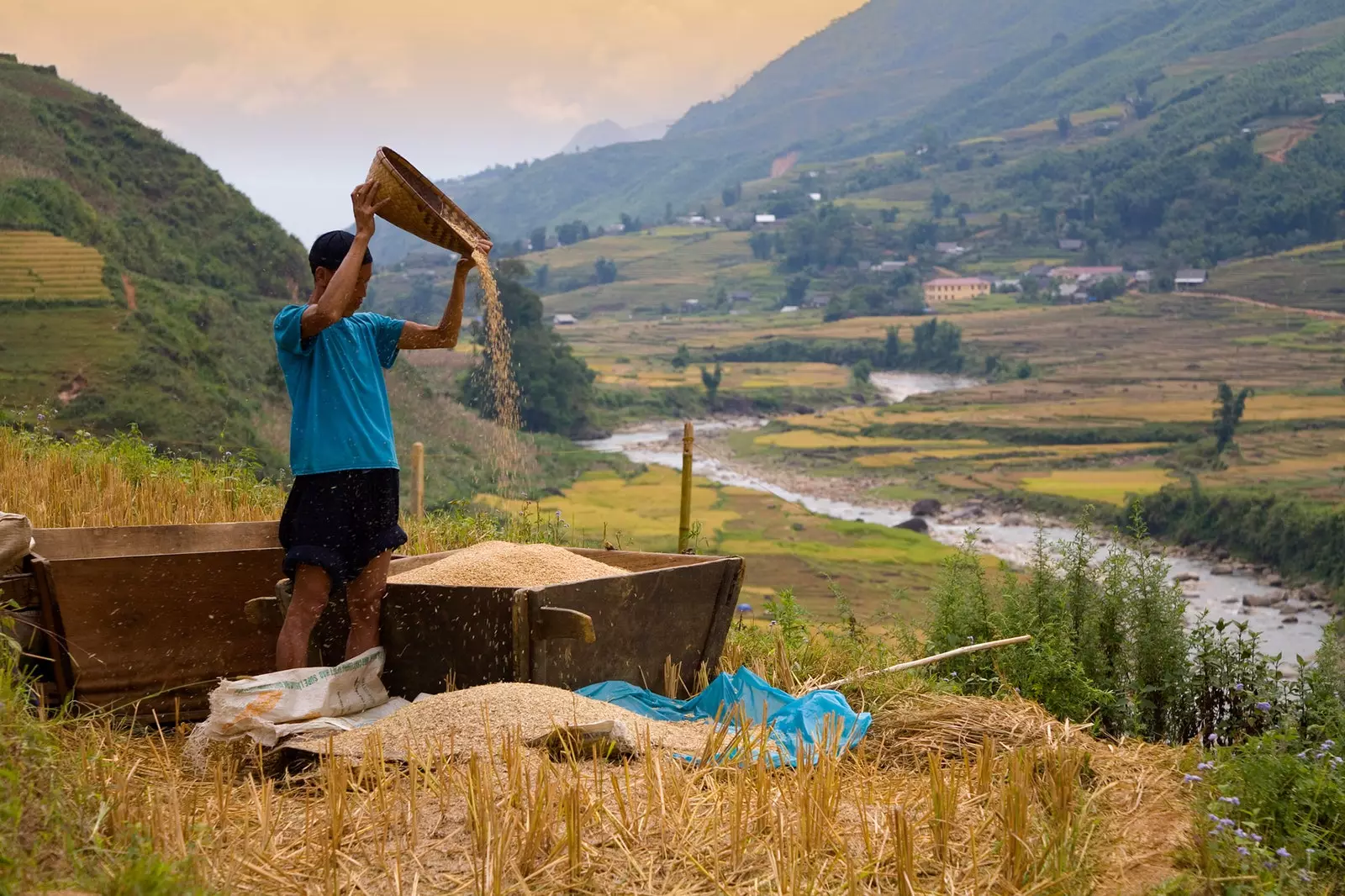
The work of drying rice in Vietnam
For everything to materialize in the best way, it is of vital importance define the meaning of sustainability in rice.
It is evident that the s sustainability of the small product r cannot and should not be the same as that of the large exporter. "In Vietnam, rice has long been a strategic crop for national food security," the Rikolto team says on its website. "During decades, the government actively supported increases in rice productivity , first for the domestic market and then for export markets. The country's growth trajectory in the past was based on high production of low-quality rice and low-priced export."
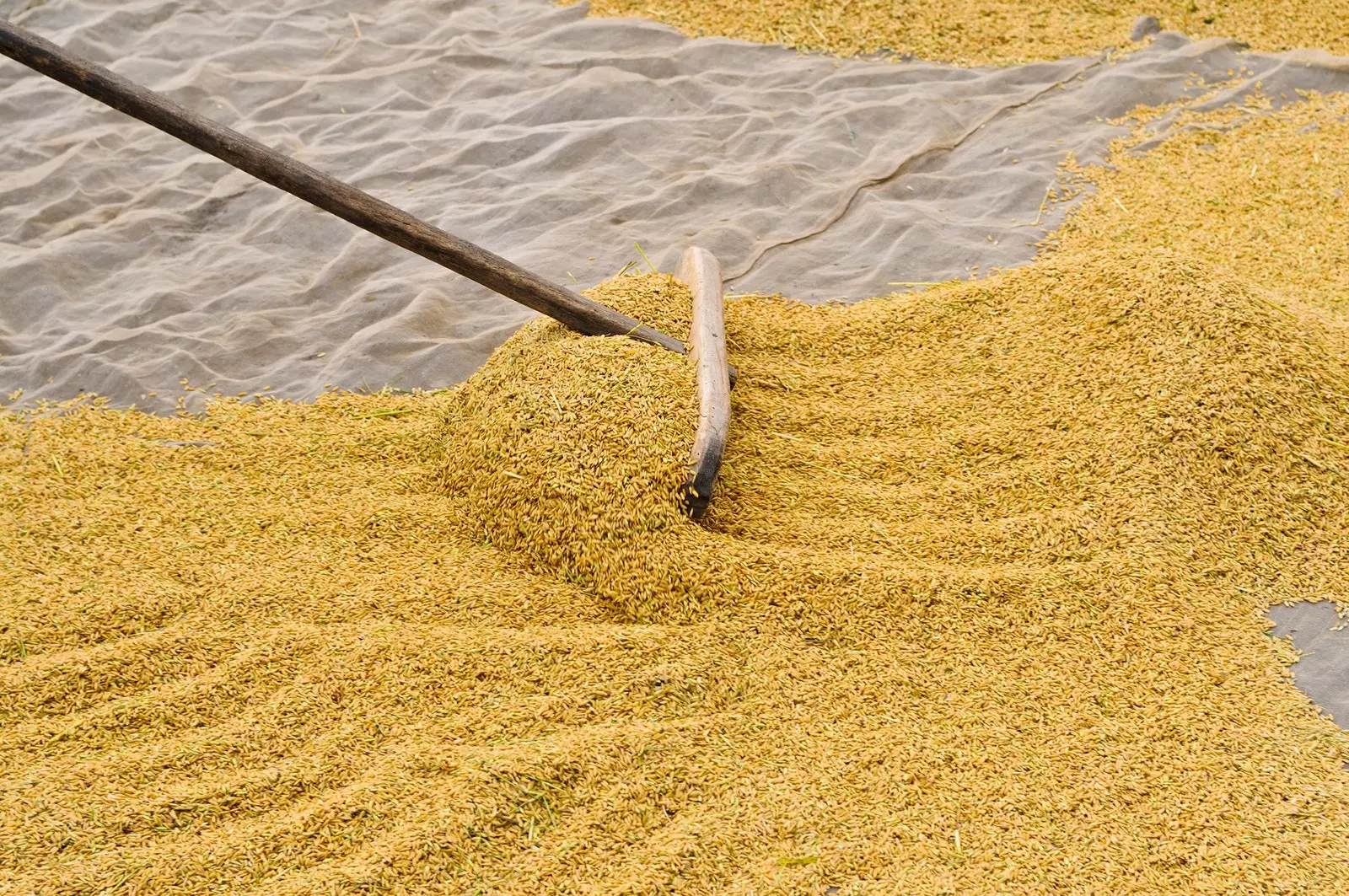
Almost like a Japanese garden, the ripples of sun-dried rice are mesmerizing.
The collateral effects of that political decision fell like a slab on those who least deserved it. Yes, the strategy made Vietnam one of the five major rice exporting economies in the world , but number of small producers who can make a living from rice it is decreasing . In the angiang province , in the Mekong Delta, an average family only earns $100 a month from growing rice, about a fifth of what coffee growers earn in the central highlands of Vietnam.”
Tuan Le deciphers the best solutions to a double problem that requires the involvement of all the agents involved: “The government has reduced the production area to improve the quality of the exported rice instead of the quantity. The goal is to build a national brand of rice to increase the value of Vietnamese rice. It seeks to change the focus from quantity to quality, from food security to food protection , and from a supply-driven sector to a market-driven sector”.
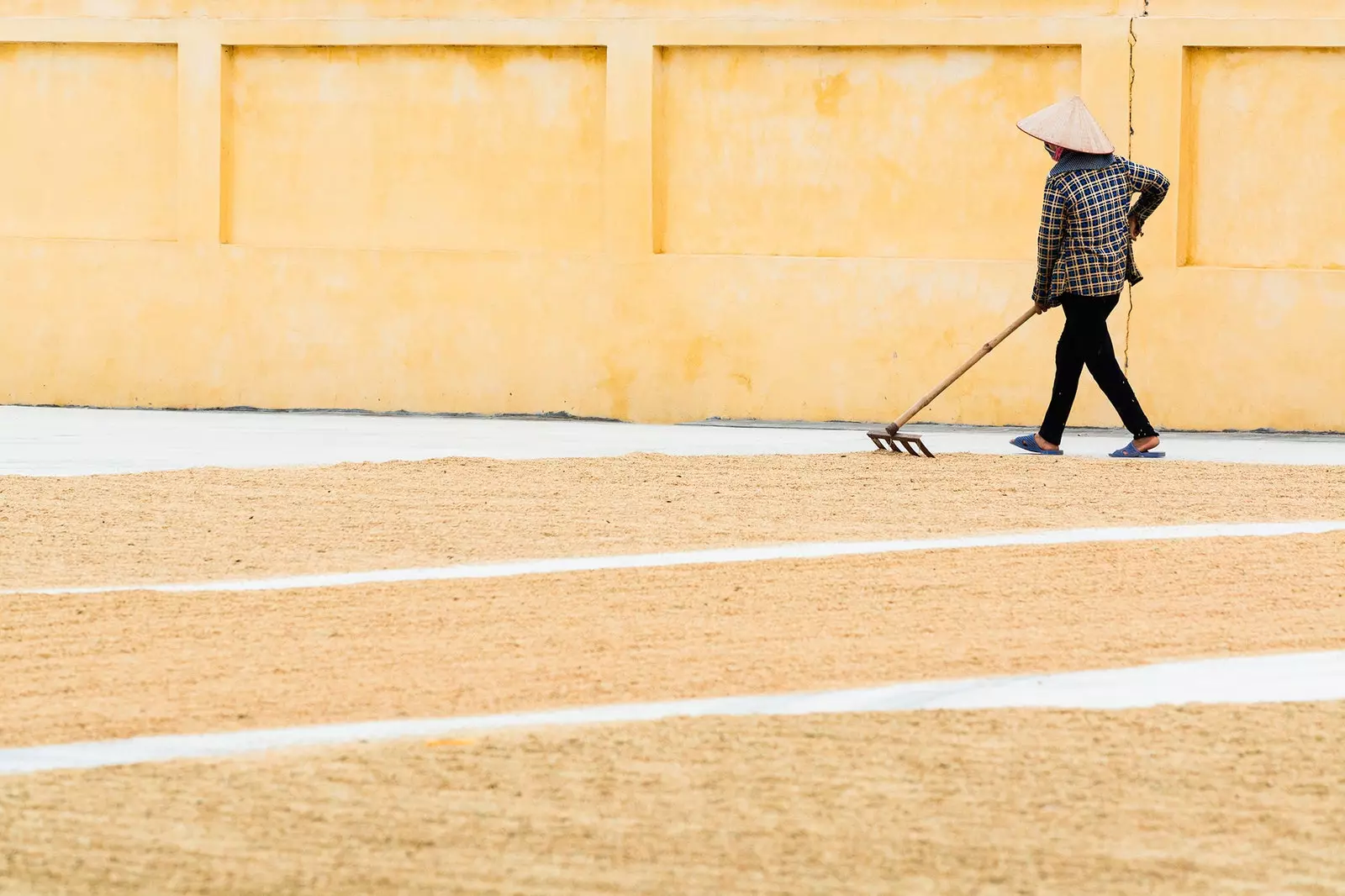
Rice drying on the streets of Vietnam
A very positive change of course that necessarily requires adopt a quality assurance system to verify compliance and progress of Vietnamese rice towards sustainability.
“The NGOs support all these actions so that farmers can improve their capacities. On the other hand, more and more rice companies buy directly from farmers rather than from traders. This helps farmers to have a stable and more sustainable production . And finally. small farmers are gradually changing their traditional mentality , and they are understanding that they have to focus their business more and more on the long term instead of continuing with the short-term mentality of paying for a single season”.
A series of actions that tourists should take into account if they travel to Vietnam and are disappointed by the disappearance of the sea of rice . If this happens, contrary to what it may seem, It will be great news for the future of Vietnamese small farmers.
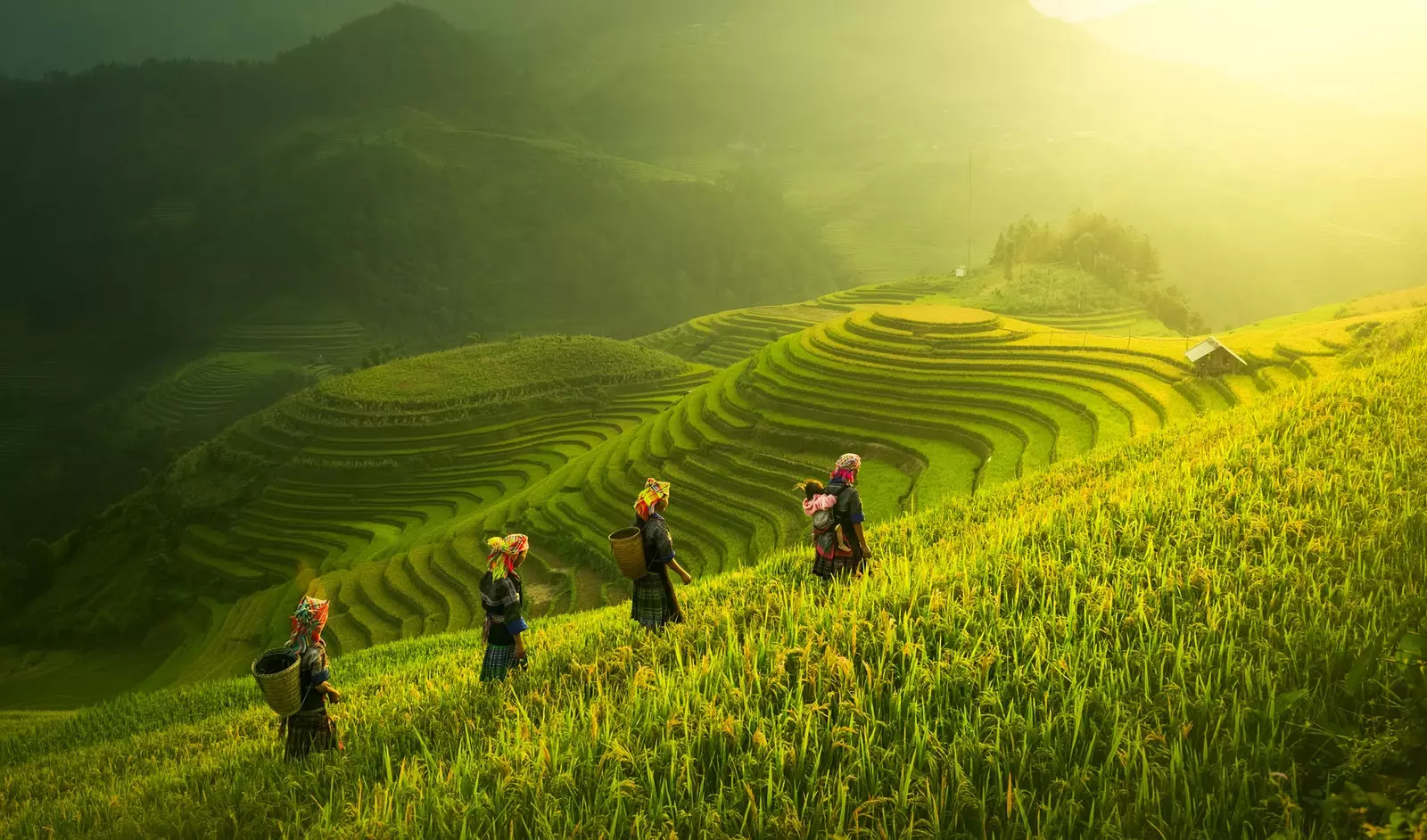
Rice fields in Mu Cang Chai, YenBai, Vietnam
